It’s the second Saturday of December, just two weeks before Christmas, and shoppers are already in a long line outside Quezon City’s Ali Mall, impatiently waiting for the doors to open.
People quickly make their way inside once the guard finally unlocks the entrance at 11am, and in a matter of minutes, the lights are on, Christmas songs are blaring from speakers, and the four-story building is teeming with people.
While malls in some parts of the world, particularly the US, have been closing at a breakneck pace, they continue to thrive in the Philippines, where they’ve taken the place of the public plazas of yore, serving both as community center and one-stop shop for … well, everything.
Ali Mall — believed to be the country’s first major shopping mall — houses a government center where people can apply for their driver’s licenses, passports, and health insurance.
But that doesn’t make it special. In fact, the presence of a government center is pretty commonplace for a mall in the Philippines.
And there are plenty of them, more than a hundred in Metro Manila alone, most with banks, restaurants, and supermarkets. Some have medical clinics, gyms, and schools. A couple even have ice skating rinks. All hold Catholic mass on Sunday.
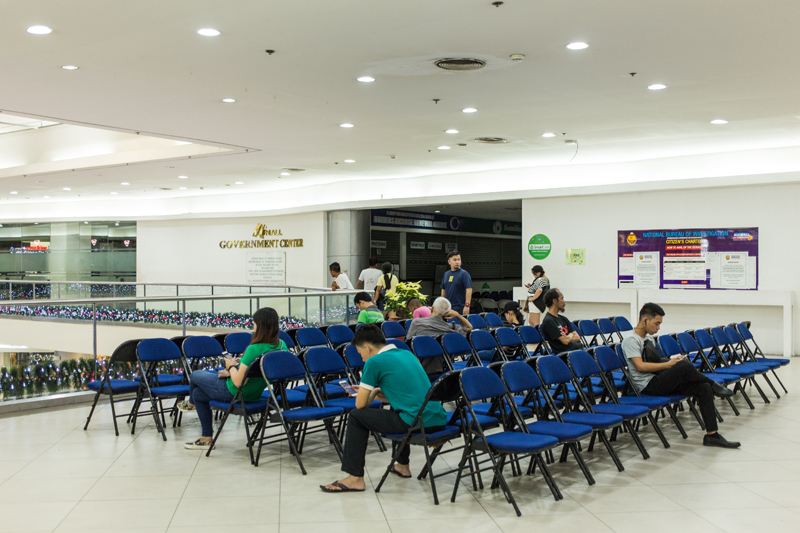
One-stop shop
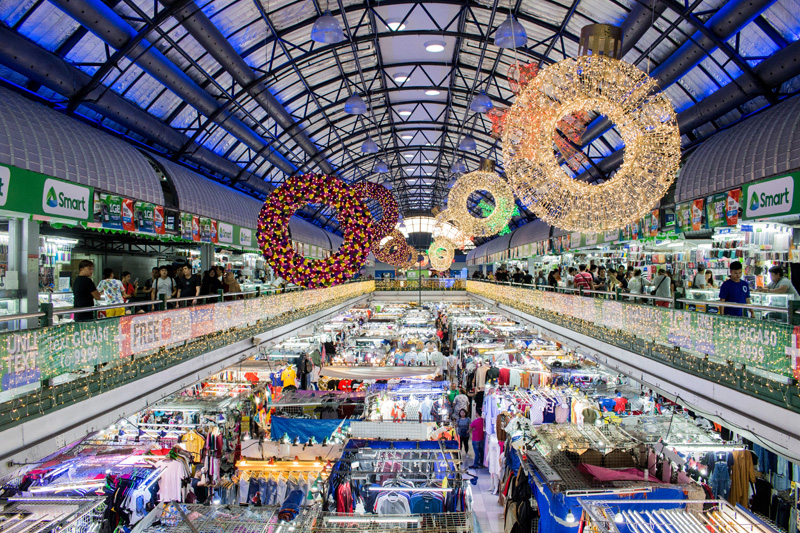
Pauline Lapus knows Filipino mall culture well, mostly because she’s living it.
The 26-year-old art director, who Coconuts Manila met in a cafe inside Greenhills Shopping Center on a recent Tuesday, has been living in a condominium directly across from the mall for about three years now.
A textbook millennial, Lapus says she’s drawn by the hodgepodge of establishments inside the sprawling San Juan City mall, which houses everything from a tiangge (flea market) to a discount electronics center to the trendy fast-casual cafe where she’s eating her grilled cheese and tomato soup across from us.
It doesn’t even occur to her to visit other places anymore, she says.
“[It] already [comes] naturally,” she told us in a mix of English and Filipino. “I’m always here, I know where everything is.”

Though active on social media, she hasn’t really considered trading in the brick-and-mortar experience for online shopping sites.
“There’s an extra charge when you go online. [And] at least if I’m at the mall, I get something and then I can look at other things that are in the vicinity that I don’t see elsewhere, right?” she said.
Online shopping, particularly e-commerce goliath Amazon, has been tagged as the prime suspect in the death of US malls, but in the Philippines, many tech-savvy millennials like Lapus still prefer shopping IRL (in real life).
According to shopping website iPrice, 47 percent of the Philippines’ workforce is now made up of millennials. A study they conducted shows that while the country also has the third-highest e-commerce traffic in Southeast Asia, just 0.8 percent of visits lead to a purchase. Filipinos, it turns out, tend to do a lot of research before buying anything.
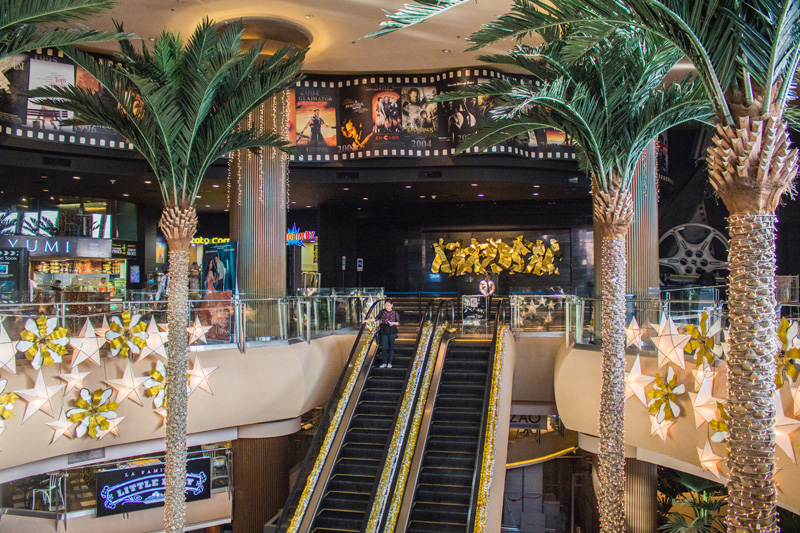
That day in Greenhills, Lapus would spend most of her time looking for green wide-leg pants for a Christmas party.
She found a pair, asked the salesperson how much they were, but quickly moved on to another flea market stall when not given the price she wanted.
They were selling the pants for about PHP350 (US$6.60) when a similar pair was just PHP150 (US$2.83) a few months before, Lapus explained.
She eventually found a pair that was within her budget. That intense, direct-to-seller quest wouldn’t have been as easy online. The bargaining, of course, would have been impossible.
In our brief visit, Lapus also managed to withdraw and deposit money from more than one bank, check out home items, and buy a Christmas gift without having to hop in a car and brave Manila traffic. Everything she needed was in that one mall.
According to social anthropologist Dr. Nestor Castro, a one-stop shop is exactly what Filipinos look for.
“The mall is an all-in-one place. [The desire for that] is very much a Filipino characteristic, to have a large-scale sari-sari store (corner store) where you can find everything,” he told Coconuts in English and Filipino.

Castro is a professor at the University of the Philippines who began studying malls for his urban anthropology class in the ’90s. He observed that much has changed since malls started gaining popularity.
Today, he says, plenty of people don’t even necessarily go to malls to shop. They’ve become typhoon shelters, voters’ registration centers for senior citizens, and free air-conditioned hangout spots for everyone.
Castro used to wonder if that business model could be profitable. No more.
“Before, that’s what I saw as a danger or risk on the part of the mall owners. That people are there but no one is buying,” he said. “But that’s not the case. Filipinos will buy [something] no matter what.”
For Renz Picache, leasing director for Ayala malls, which operates 11 in Metro Manila, there’s a logical benefit to the presence of government centers and other non-traditional services, even if they pay lower rent than they’d normally get from retailers.
“Foot traffic is additional sales for us, whether … they buy Master Siomai (a dim sum kiosk) or they dine in Vikings (a buffet restaurant),” he told Coconuts in English and Filipino.
“Basically, it boils down to meeting basic and derived needs of humans,” Castro said. “[B]asic needs are food, shelter, clothing … malls are able to meet all that.”
And in the still deeply Catholic Philippines, another of those basic needs is church.
A weekend destination
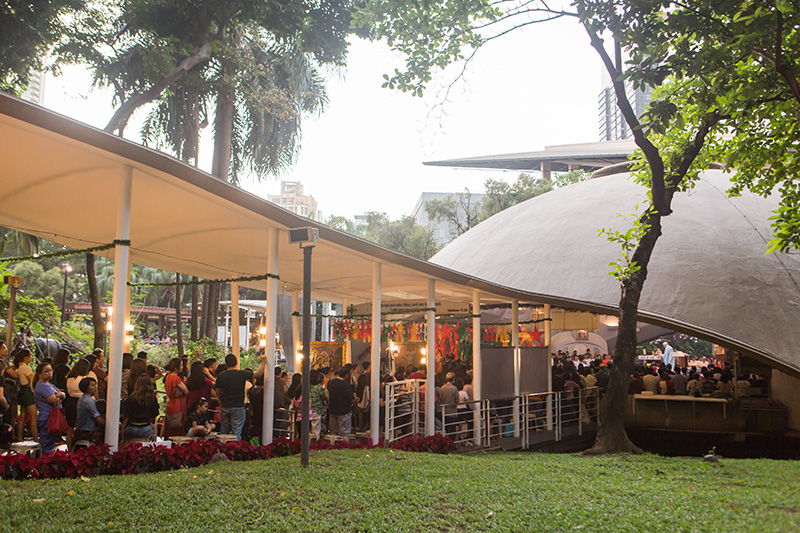
Religion is at the center of Filipino family life, so it only makes sense for churches to, literally, be at the center of malls.
The open-air Santo Niño de Paz Chapel, set in the middle of the five-section Greenbelt mall in Makati City’s Ayala Center, celebrates four masses daily, twice that on Sundays.
It couldn’t even fit all the churchgoers attending mass when Coconuts visited on a recent Saturday afternoon. The crowd extended up to the shopping area, where people stood outside boutique windows — barely hearing the priest’s sermon — just to fulfill their religious obligation.
“There really needs to be mass in malls because that’s become part of our culture,” Picache explained. “There are malls that don’t have a church or a chapel, so what we do [in those instances] is hold them in activity centers.”
Like government centers, churches bring in more people. According to Picache, malls are actually busiest on Sundays.
“Because Sunday for us Filipinos, it’s family day,” he said.
“If you notice, in other countries, it’s mostly individuals who go to malls … In the Philippines, it’s a destination for families,” he said.
For Castro, the anthropologist, valuing the family is rooted in the Philippines’ “collectivist” culture, one in which the group is prioritized over oneself.

Malls are for errands, but they’re also the go-to center for socializing, a place for activities with family and friend groups.
“[L]ooking to our past, to our colonial past, I think the malls represent our colonial plaza, where the plaza had the market, the government centers, the church,” Kelvin Tagnipez, a licensed environmental planner for local infrastructure consulting firm Penwood said.
“These [were] places to socialize, to meet other people, to foster a sense of community, but we don’t have that right now, and that’s why we look to our malls to provide an avenue to … get these things done.”
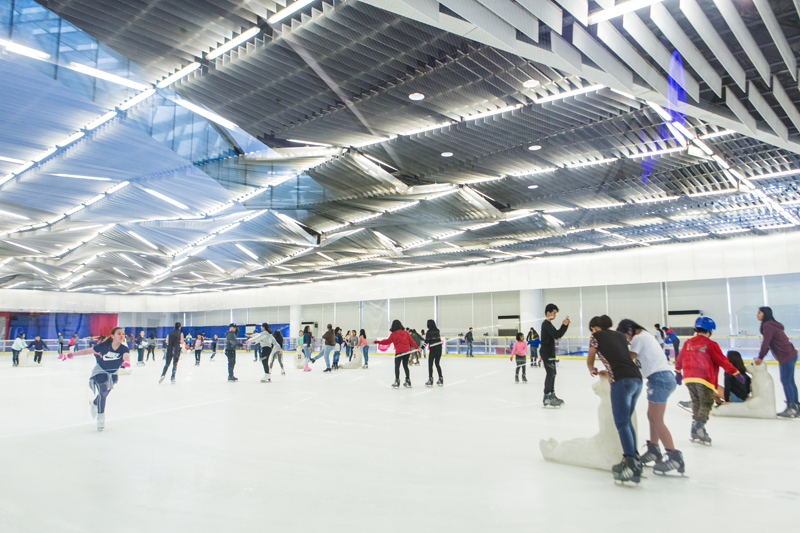
While some public spaces do exist, they’re not necessarily well-maintained or family friendly.
“In the past, the public plaza was definitely an open space, anyone could go there [but that means] a street child can beg you for alms, or there are — forgive me for the term — pok-pok (prostitutes) who offer their services, or someone might snatch [your belongings]. So there’s really no security there,” Castro said.
Malls, according to Castro, at least offer the illusion that these risks don’t exist inside their walls.
A safe space
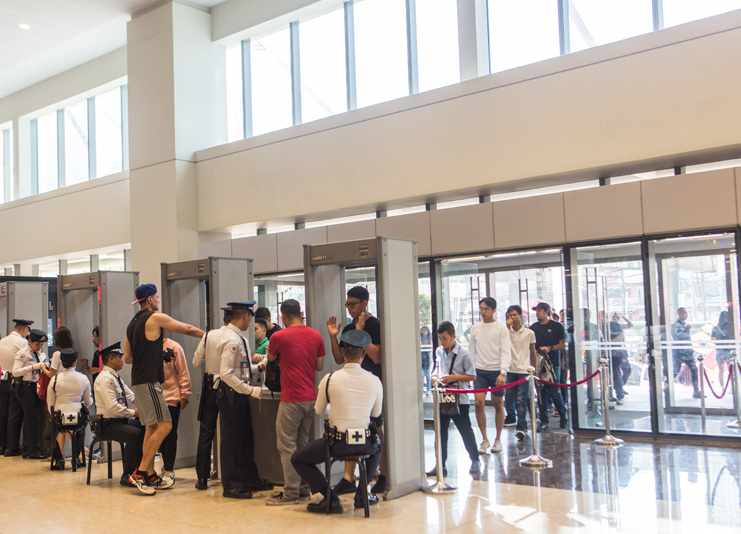
The entrance to Mandaluyong City’s SM Megamall looks more like an airport’s than a shopping center’s.
It has four walk-through metal detectors through which shoppers need to pass. Stationed beside them are security guards who offer a perfunctory inspection of bags and pat people down to check for any potentially dangerous items.
A similar setup can be found in malls all over the country.
“We value customers very, very much,” Renz, the leasing director said. He works for Ayala, SM’s competitor, but their security setup is every bit as high profile.
Mall guards roam every floor with a radio on hand; some even carry guns.
“It’s like malls give a semblance of security,” Castro said, with a wry emphasis on the word “semblance.”
“[It] is a false security, because in the past, there have been cases of bombings, there have also been fires,” the anthropologist said.
Because of the sheer number of potential victims, some malls have also become prime spots for illegal schemes.
One of the most infamous ones is called a “Salisi (go unnoticed) Gang,” groups that steal from people who aren’t paying attention to their belongings.
These schemes are often easier to pull off in malls, where people let their guard down under the assumption that they are away from the dangers of the outside world.
Islands of development
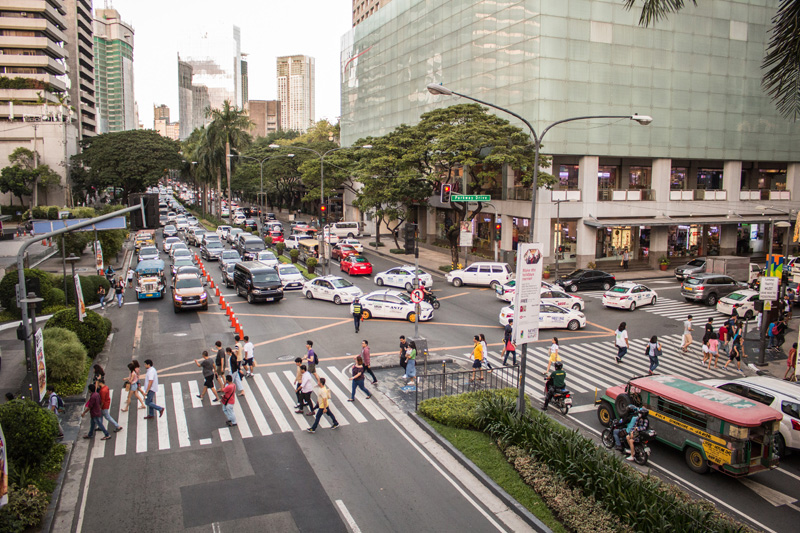
Ayala Center, the area where Greenbelt mall is located, is practically a utopia. It has a garden, a museum, and proper pedestrian lanes.
Go to Makati City’s less-developed neighborhoods like Barangay (Village) Pembo and the scene is strikingly different. Pembo has a population density of 70 per 1,000 square meters. There, the streets are narrow and the houses crowded.
“[T]hese malls are islands of development,” urban planner Tagnipez said. “At the end of the day, we still live in an ocean of bad urban planning.”
Because they’re not public initiatives, malls typically only prioritize projects that benefit their bottom line.
“There’s nothing wrong with the private sector solving problems, but of course, there’s a certain level of regulation needed [from] the government, and the government is supposed to act in the public interest as compared to the private sector, whose interests are its own,” Tagnipez said.
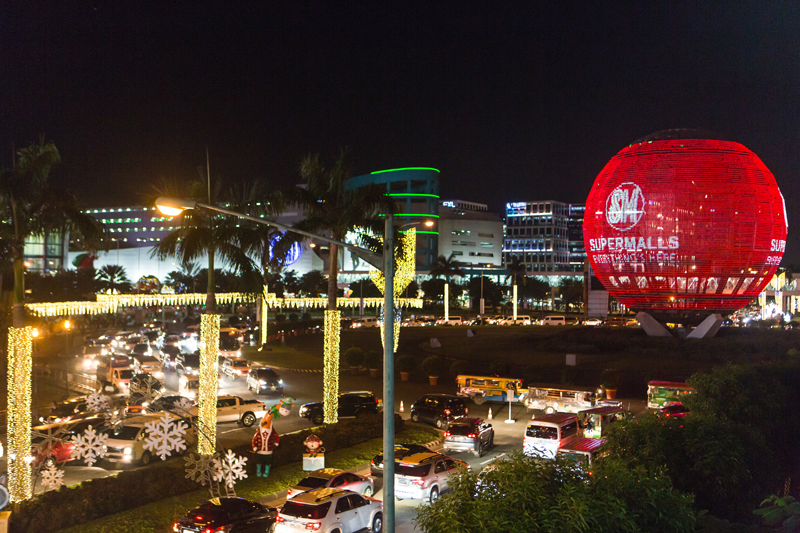
This lack of regulation has led to the overdevelopment of malls, which is widely believed to be one of the causes of Metro Manila’s nightmarish traffic.
In 2015, the Metropolitan Manila Development Authority, the agency in charge of the metro’s traffic, said that traffic volume actually jumps 5 to 10 percent whenever a mall has a sale.
This Christmas season, malls even agreed to open an hour later at 11am in a bid to keep additional cars off the road during rush hour.
Tagnipez explained that local government units require mall developers to conduct a traffic impact assessment study before issuing them a building permit, but that the process isn’t as meticulous as one would hope.
“[M]ore often than not, these documents are just [rubber stamped] without really considering the impacts of these … structures,” he said.
He cites SM Megamall as an example, which sits beside Metro Manila’s EDSA, an arterial road that serves as the city’s main highway.
He explained that arterial roads in urban areas aren’t meant to have establishments alongside them, as their main purpose is to keep traffic moving.
Today, however, EDSA has become a de facto driveway for Megamall, adding to the highway’s congestion.
The problems caused by malls isolated from the rest of the city goes beyond traffic.
Castro noted how malls tend to kill local business in areas where they’re situated, while Tagnipez criticized the lack of historical significance in these spaces.
But perhaps the most dangerous consequence, he says, is that malls effectively reinforce the country’s deep social and economic divides.
Greenbelt is in the metro’s central business district and is frequented by those with corporate jobs, while Ali Mall — which is near a traditional wet market — is where middle to low-income families go.
“I notice that some people think ‘let’s not go [to fancy malls], it’s expensive there.’ … They themselves create a psychological wall that these places are not for the masses,” Castro said.
Many, of course, can’t afford to go to malls at all. So, while some malls are symbols of efficiency and safety, Tagnipez questioned their social equity.
“[W]ho has access to these malls? Who can go to these malls?” he asked.
“Some malls are so cut off from public transport … Are [the upper classes] the only ones with the right to access efficient urban spaces? How about everyone else? Everyone else has to live with bad urban planning.”
Here to stay
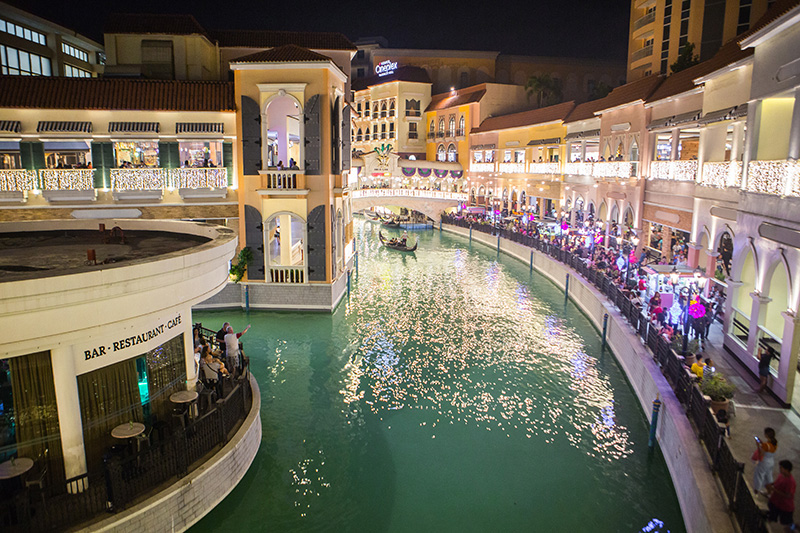
As much as she’s come to rely on them to get things done, Lapus, the art director, said that she, too, would rather have open spaces than more malls.
“I love them, but I don’t need more,” she said.
If plans rolled out over the past two years are any indication, developers do not seem to share her opinion.
In March of last year, Ayala announced that it would spend PHP16 billion (more than US$113 million) to build more than 10 new malls before 2020. Similarly, SM said in January that it has 21 new malls lined up for completion in that same period.
Even urban planner Tagnipez admits that malls are here to stay.
“[W]e can’t ignore them,” he said. “[I]f we’re not going to ignore them, we have to do something about them.”
For him, that means seamlessly integrating malls into the city and bringing their conveniences to everyone, not just the privileged.
“[There] just really [needs to] be a transformation of how we think about malls and how we connect these malls to the people.”


